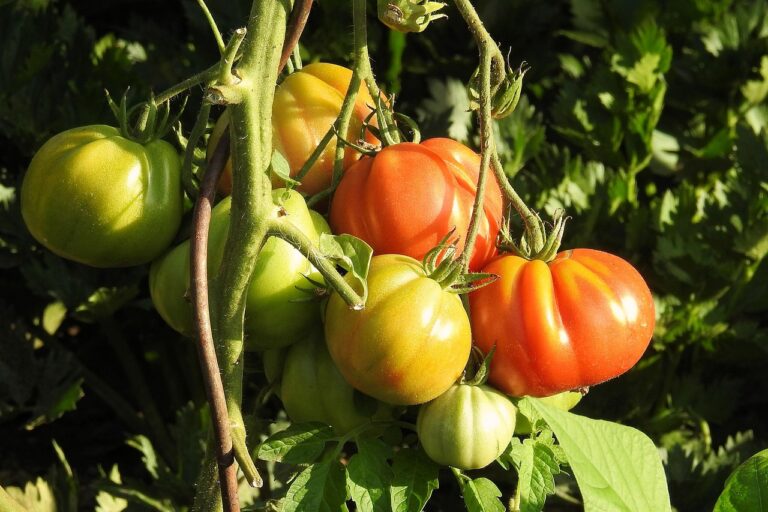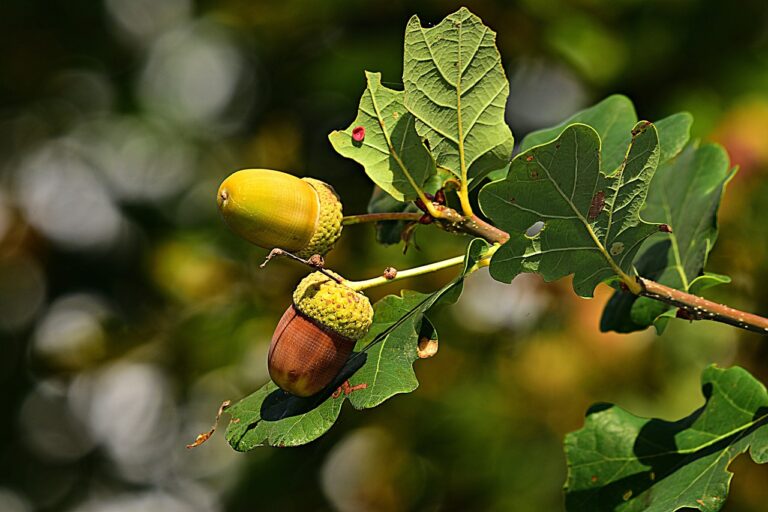The Benefits of Cooking with Ancient Grains: Nutritional Value and Culinary Versatility
Ancient grains, such as quinoa, farro, and spelt, have gained popularity in recent years due to their nutritional value and unique flavors. These grains have been cultivated for centuries and are known for their resilience to harsh growing conditions, making them an excellent option for sustainable agriculture. Ancient grains are rich in nutrients like fiber, protein, and various vitamins and minerals, making them a healthy choice for those looking to improve their diet.
In addition to their health benefits, ancient grains are also prized for their culinary versatility. These grains can be used in a wide range of dishes, from salads and grain bowls to soups and baked goods. The nutty, chewy texture of ancient grains adds depth and complexity to meals, making them a popular choice among chefs and home cooks alike. Whether you’re looking to add more whole grains to your diet or simply experiment with new flavors and textures, ancient grains are a delicious and nutritious option to consider.
Nutritional Benefits of Ancient Grains
Ancient grains offer a myriad of nutritional benefits that make them a valuable addition to a healthy diet. These grains are typically rich in important nutrients such as fiber, antioxidants, vitamins, and minerals. By incorporating ancient grains like quinoa, amaranth, and farro into your meals, you can increase your intake of essential nutrients that support overall health and well-being.
Furthermore, ancient grains are known for their high protein content, making them a great choice for those looking to boost their protein intake without relying solely on animal sources. Protein is essential for muscle repair and growth, as well as for keeping you feeling full and satisfied after meals. Including a variety of ancient grains in your diet can help ensure that you are meeting your protein needs while also reaping the benefits of their other valuable nutrients.
Culinary Versatility of Ancient Grains
When it comes to culinary versatility, ancient grains truly shine in a variety of dishes. From savory to sweet, these grains can be incorporated into countless recipes to add depth and flavor. Their unique textures and nutty profiles make them a popular choice among chefs and home cooks alike.
Whether you are looking to create a hearty grain bowl, a flavorful salad, or a nutritious breakfast porridge, ancient grains offer a range of options to explore. Their ability to absorb flavors and complement a wide array of ingredients makes them a versatile choice for both traditional and modern recipes. With their rich history and health benefits, ancient grains are a valuable addition to any kitchen looking to elevate its culinary creations.
What are ancient grains?
Ancient grains refer to a group of grains that have been largely unchanged over the centuries, such as quinoa, farro, spelt, and amaranth.
What are the nutritional benefits of ancient grains?
Ancient grains are high in protein, fiber, vitamins, and minerals. They are also rich in antioxidants and have been linked to various health benefits such as improved digestion and heart health.
How can ancient grains be incorporated into a culinary diet?
Ancient grains can be used in a variety of ways in the kitchen, such as in salads, soups, stews, and even baked goods. They can also be cooked as a side dish or mixed into main dishes for added texture and flavor.
Are ancient grains gluten-free?
While some ancient grains like quinoa and amaranth are naturally gluten-free, others like farro and spelt do contain gluten. It is important to check the labels if you have a gluten intolerance or allergy.







